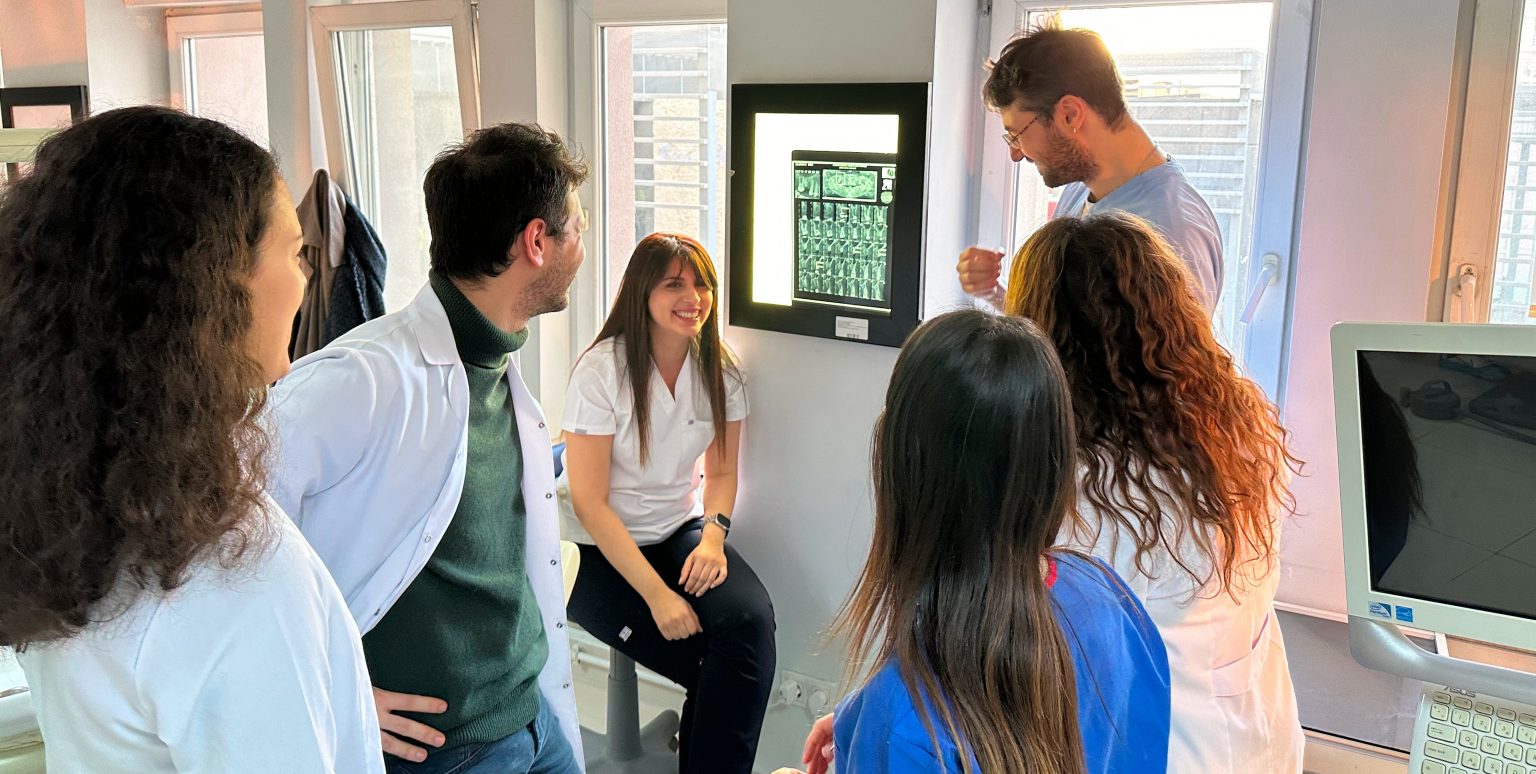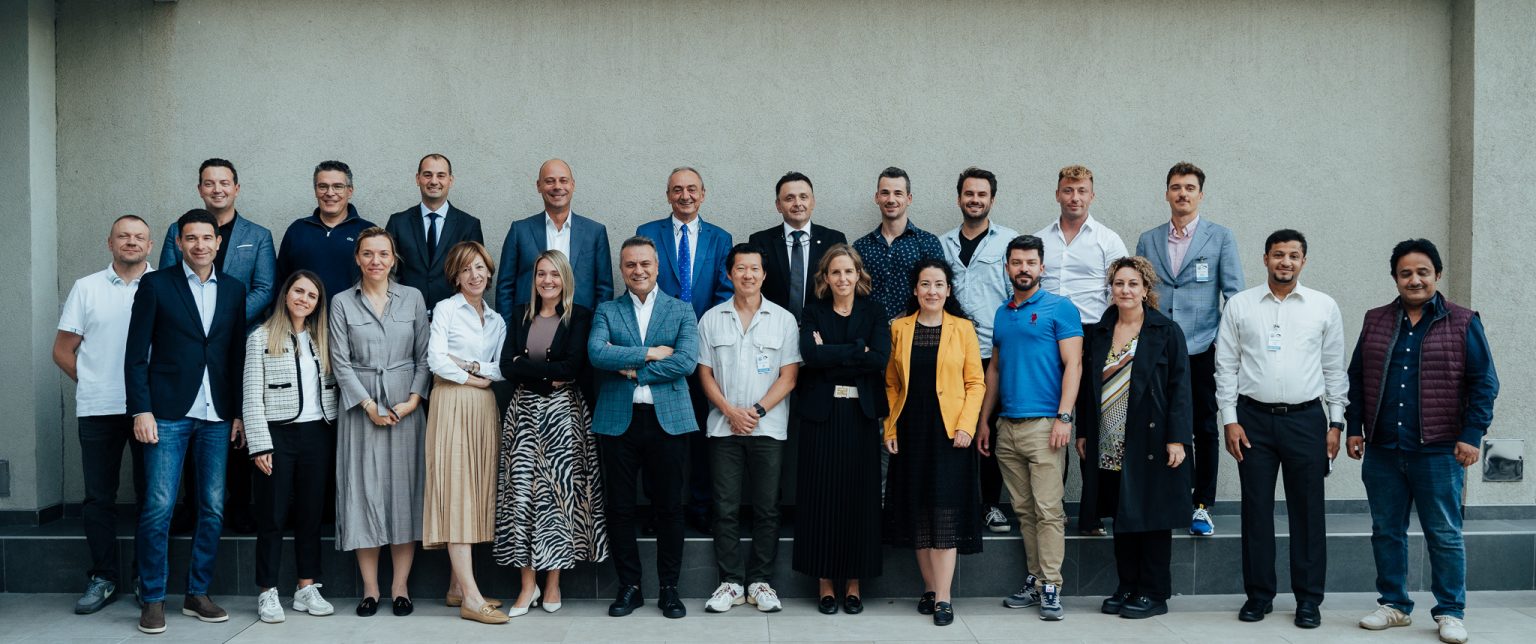Twelve years after the publication of the landmark book The SAC Classification in Implant Dentistry, the ITI has now released a fully revised and updated second edition of the book. The updated SAC Tool will follow in early 2022. This evidence-based, objective framework for the assessment of the difficulty, complexity and risk of an implant-related treatment for a given clinical situation classifies dental implant procedures into three levels of difficulty: Straightforward, Advanced and Complex.
The ITI asked the three editors Anthony Dawson, William Martin and Waldemar Polido about the innovations and improvements in the new updated versions and their implications for daily practice.
Why was it decided to provide an update now?
Anthony Dawson (AD): In the 12 years since publication of the original book and tool, implant dentistry has continued to develop and evolve. So too has the range of treatment options and risks. The new online tool and book allow the classification of more case types and individual patient presentations rather than just assessing the complexity and risks of a particular type of case.
There is a book and an online assessment tool. Are they intended to work together?
Waldemar Polido (WP): The book and the online assessment tool are complementary. The SAC tool is quick and versatile, but it does not discuss in depth the details pertinent to the case classification. The book discusses all the details presented in the tool, and more. This includes discussion of the literature, clinicians themselves as a risk factor as well as clinical cases showcasing different complexities. The book is a comprehensive reference work that supports clinicians to better use the tool.
William Martin (WM): One of the new features integrated into the book are QR links to additional e-learning content on the ITI Academy to supplement the information provided on that topic.
What is the added value of the updated SAC tool?
WP: Many improvements have been made to the tool, such as the visual “treatment risk” scale bar The tool has been completely updated to include contemporary aspects of practicing implant dentistry.

WM: The book and tool also introduce the most recent versions of the Esthetic Risk Assessment tables for partially and completely edentulous patients.
Why should every professional in implant dentistry make use of this tool?
WP: It is a great “checklist” tool for both expert and novice. A chairside evaluation can be conducted using mobile devices, such as a tablet or a chairside computer. Assessments can be saved and ITI Members will be able to export a pdf and save it to their patient’s charts.
WM: I see great additional value by incorporating SAC Tool Assessments into patient presentations during ITI Study Club meetings and education events. This creates a standardization for discussion during planning of treatment options or during review of treatment outcomes.
What was the biggest challenge in revising the book and tool?
WM: The updated tool now integrates weighted values for all clinical factors to provide the user with the most accurate assessment for the given case type. The process of determining weights for various clinical situations was the biggest challenge for the authors and developers.
AD: We actually started planning for this revision in 2017 and the consensus meetings that formed the basis of the update were held in October 2018 and April 2019. So, you can see that this was not a quick, or easy, process.
To sum up, what makes the tool so relevant to daily practice?
AD: Clinicians can use the SAC Classification to help them select cases, as a checklist to ensure that they consider all relevant factors, and as a communication tool to facilitate clear communication with patients and colleagues.
WM: This is a major update to an original landmark publication, combining evidence-based knowledge and clinical consensus on patient assessment for dental implant therapy into a textbook, user-friendly online tool, and education platform – the ITI Academy.
WP: Most importantly, patients are the ones who will benefit most from the use of the risk assessment tool and the SAC book.
The online SAC Assessment toll will be available in December 2021.
*Only available to ITI Members. Become a Member






